Fencing is more than just a boundary marker; it enhances security, boosts curb appeal, and preserves your privacy. For many homeowners, a DIY fencing project can be a rewarding way to save money while adding a personal touch to their property.
Let’s dive into some essential tips and step-by-step guidance for building your own fence.
RELATED: 6 Top Benefits of Garden Fencing for Protecting and Beautifying Your Homes
Planning Your DIY Fencing
Determine the Purpose of the Fence
Before buying materials or picking tools, ask yourself: What is the primary goal of your fence? Is it privacy, security, or simply aesthetic enhancement? A privacy fence, for example, will require taller materials and more durable posts, while decorative fences are usually shorter and less robust.
Check Local Regulations and Permits
Each community has its own set of rules when it comes to fence construction. Ensure you consult local guidelines to avoid future headaches. For insights into common zoning laws for fences, this article on fence property line rules provides valuable guidance.
Choose the Right Location and Layout
Mark the exact placement of your fence using stakes and string. This helps avoid disputes with neighbors and ensures compliance with property line restrictions. For a deeper understanding, explore fence building law basics for homeowners.
RELATED: Installing a Fence Around the Property: Reasons to Consider
Selecting Materials
Choosing the right fencing material depends on your budget and functional requirements. Here’s a quick breakdown of the most popular choices.
Wood Fencing
Wood is a classic choice that’s versatile and budget-friendly. Done right, it can last years with proper maintenance like staining or sealing against moisture. However, it may require frequent upkeep to prevent rot and weather damage. For tips, check out wood fence installation tricks.
Vinyl Fencing
Vinyl offers durability, a sleek appearance, and low maintenance. It resists mold, fading, and insect damage but comes with higher upfront costs compared to wood.
Chain Link Fencing
Ideal for functionality and cost-efficiency, chain link fencing requires minimal upkeep. It serves well for property delineation but lacks privacy unless enhanced with slats or vines. Learn how to build chain link fences effectively by visiting this DIY guide.
Metal Fencing
Metal fences, including wrought iron and aluminum, are durable and often used for decorative purposes. They provide excellent security but may require occasional treatment to prevent rust.
RELATED: Installing A Fence? Consider These 5 Materials
Tools and Equipment Needed
Essential Tools for Building a Fence
Before you begin, gather key tools such as:
- Post hole digger or auger
- Level and measuring tape
- Power saw
- Cordless drill
- Hammer and nails
These basics will help you achieve a stable and precise build.
Safety Gear to Consider
Always prioritize safety by using gloves, goggles, and sturdy boots. Depending on the tools you use, ear protection might also be necessary.

Photo by Mh mídia Conteúdos Digitais
RELATED: Five Qualities of a Good Fence
Preparing the Site
Clear the Area of Debris and Vegetation
Remove rocks, roots, and nearby vegetation. This creates a clean canvas and prevents future obstruction.
Mark the Fence Line
Stretch strings between stakes for a visual guide. Double-check measurements to avoid costly errors.
Dig Post Holes to the Correct Depth
The depth of your fence post holes should ideally be about 1/3 the height of the fence. Use a post hole digger for best results.
Building the Fence
Setting the Fence Posts
Securely anchor your posts using concrete to ensure stability against weather and time. Allow the concrete to cure for at least 24 hours before moving on to the next step.
Attaching the Panels or Boards
Attach fence boards, panels, or chain links, following your desired design. Use a level after each attachment to maintain evenness.
Ensuring Proper Alignment and Leveling
Step back periodically to assess alignment. Correcting leaning posts or uneven panels early can save significant trouble later.
Maintenance Tips
Regular Inspections for Damage
Inspect your fence seasonally or after extreme weather to detect any wear and tear. Quick fixes like replacing loose nails or sealing cracks can save costly repairs.
Treatments for Wood to Prevent Rot
To prolong the life of wood fences, apply waterproof sealants or stains. These protect against moisture and UV damage.
Cleaning and Upkeep for Metal and Vinyl
For vinyl and metal fences, routine cleaning with soap and water keeps them looking fresh. Ensure you check for rust on metal components.
Fencing doesn’t have to be a daunting task. With careful planning, the right tools, and proper maintenance, your DIY fencing project will stand the test of time. Whether you’re building for privacy, security, or aesthetic appeal, taking a hands-on approach not only saves money but also provides a satisfying sense of accomplishment.
DIY Fencing FAQs:
You’ll need tools like a post hole digger, level, saw, drill, tape measure, and concrete for posts. Materials include fence panels, posts, screws, nails, and any finishes like stain or paint, depending on your chosen design and material.
Yes, anchoring posts in concrete increases stability and durability. However, some use gravel for better drainage. Check your soil type—soft soil may require concrete, while sandy soil may benefit from gravel to avoid water pooling.
Posts should be set one-third to one-half the height of the fence. For example, a 6-foot fence post should be buried 2-3 feet deep, especially in climates with frost heaves.
This depends on your location. Most cities require permits for fences over a certain height or near property boundaries. Always consult local building codes and HOA regulations.
Use a string line tied between corner posts to set a straight guide. Regularly check with a level while installing posts and panels to avoid misalignment.
Vinyl and metal fences are the most durable and low-maintenance. Wood is a popular choice for aesthetics but needs regular sealing or staining to prevent rot.
The standard spacing is 6-8 feet, depending on your material and design. Always refer to manufacturer recommendations to prevent sagging or reduced support.
Costs depend on materials, tools, and the size of your project. On average, wood and chain-link fences are affordable, while composite or decorative options cost more.
Yes, but you’ll need to use a stepped or racked design to follow the ground’s contour. Measure carefully to maintain consistent post depth and fence height.
For wood, use treated lumber and seal with a weatherproof finish. For metal fences, choose rust-resistant materials or apply protective coatings. Regular maintenance is key.
The timeline depends on your experience, the fence size, and the design’s complexity. A simple 40-50 foot wood fence could take 2-3 days, including post setting and drying time.
It’s possible, but cold weather makes digging and concrete setting more challenging. If the ground is frozen, you may need additional equipment or to wait for warmer weather.
Use a property survey or hire a professional surveyor. Incorrect placement can lead to legal disputes with neighbors.
Use taller panels, closed gaps, or add features like locking gates. For extra security, consider anti-climb designs or materials.
Chain-link and panel fences are easier for beginners due to fewer precise cuts and straightforward assembly.
For wood, reseal or repaint every few years. Clean vinyl and metal fences with soapy water. Inspect posts and anchors yearly for stability.
If the materials are in good condition, you can reuse wood panels or posts. Sand and refinish salvaged wood for a polished look.
Wood fences last 10-15 years with proper care. Vinyl and metal fences can last up to 50 years or more with minimal maintenance.
Incorporate decorative caps, lattice tops, or paint finishes. Landscaping, like climbing plants, can also enhance visual appeal.
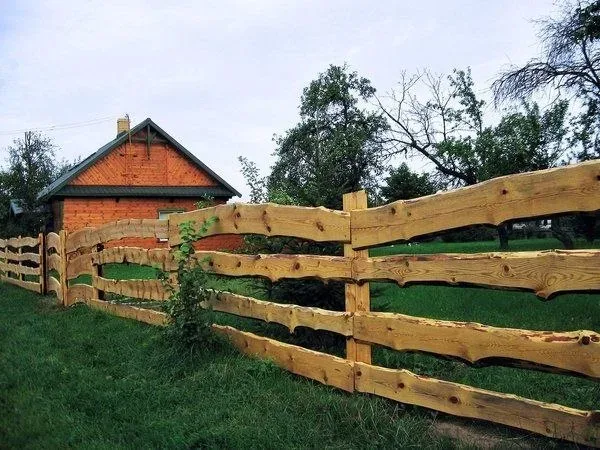
DIY Fencing: 15 DIY Fence Ideas for Your Garden
1. DIY “Unique” Wooden Backyard Fence
- Time: 4 Days
- Cost: $1000.00
- Difficulty: Medium
2. The Easy DIY Garden Glove Fences
We have a round-up of some great easy DIY fences for you! Making DIY fencing is a great way to save money in your garden, so read this post for great fence ideas!
3. The Wood Privacy Fences
Empire Fence Company builds Wood Privacy Fences using all types of wood – from basic wood privacy to elaborate, custom stained designs.
4. The 12 Pallet DIY Fencing Ideas
5. The Modern Privacy Fence Ideas
6. The Inexpensive DIY Fence Ideas
7. The DIY Mesh Fence Basic
8. Chicken Wire DIY Garden Fence
9. DIY Rustic Garden Fencing
10. The Wood Frame Wire Fence
11. The Hog Wire Privacy Fence Deck Railing | Video Tutorial
12. The Goat-Proof Fence Ideas
This page explains how to build a goat-proof fence.
13. A Garden Fence, DIY Project
Today on this blog you will find this step by step tutorial on how to make a garden fence with only a few main items. Keep out those rabbits and dogs for good.
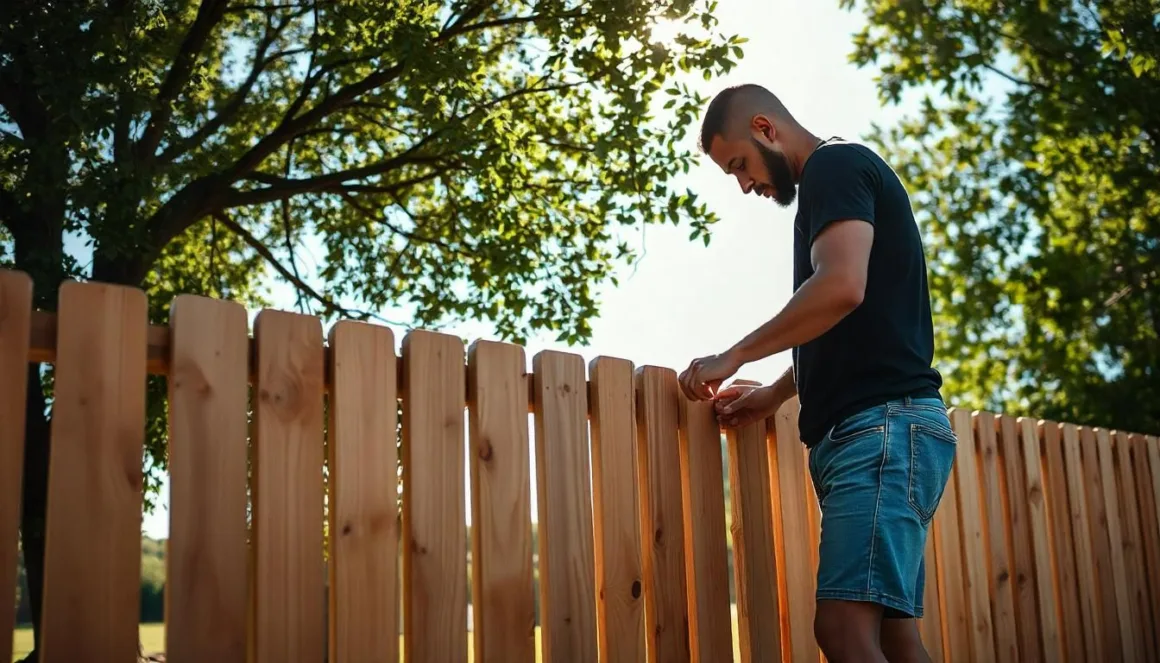
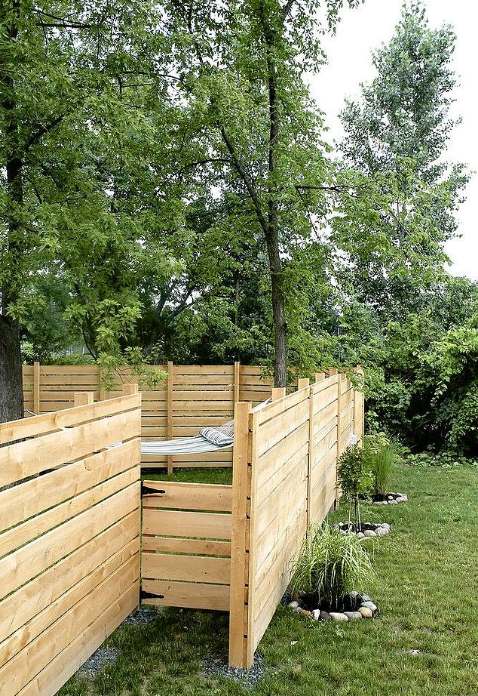
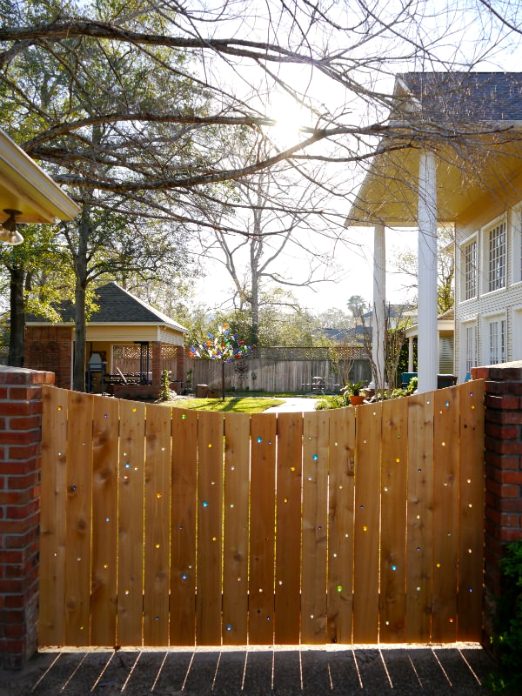

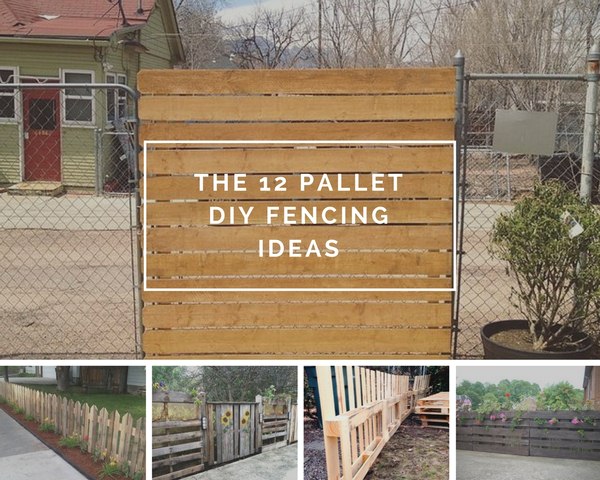
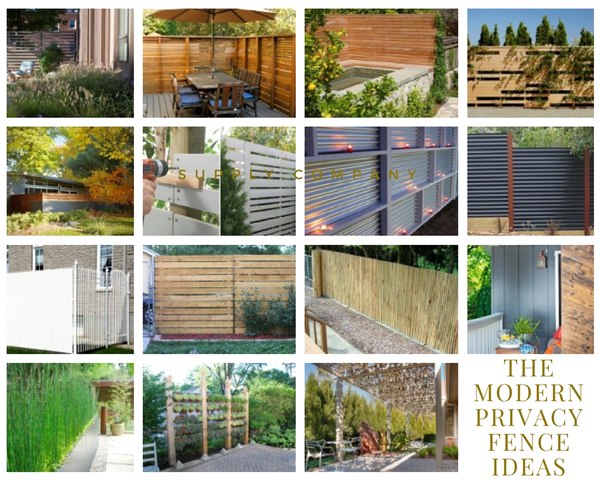
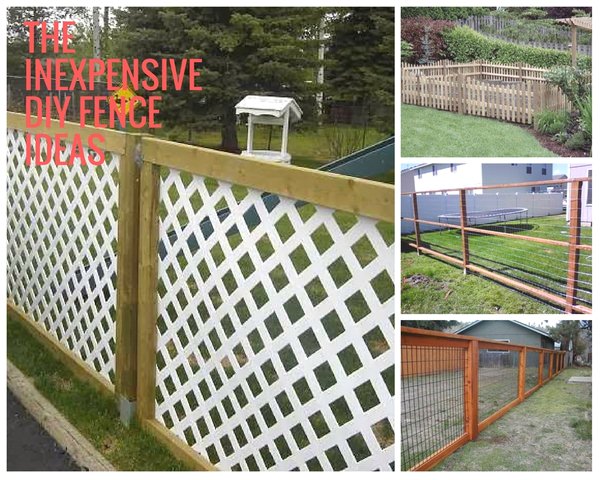
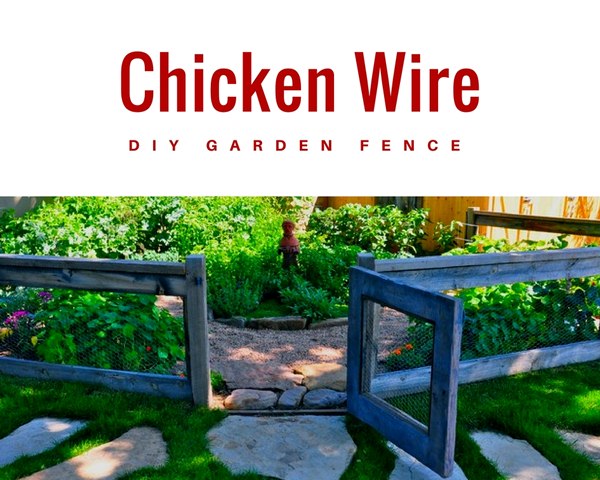
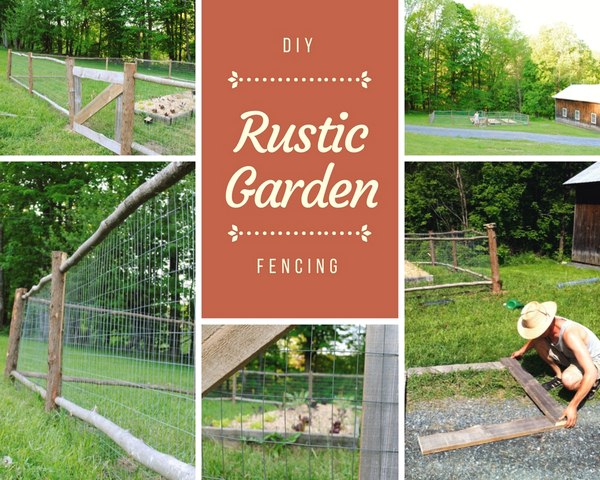

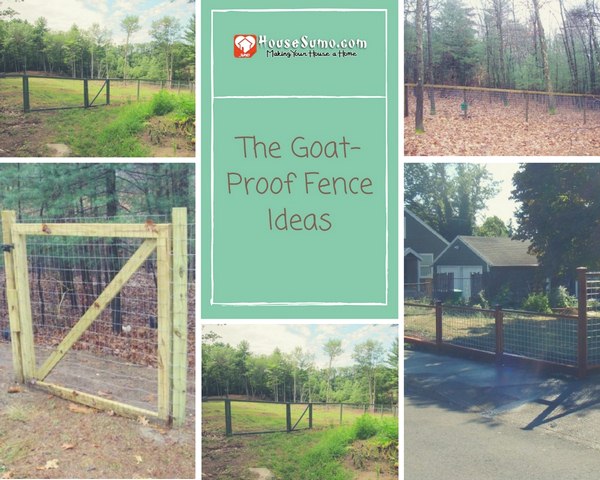

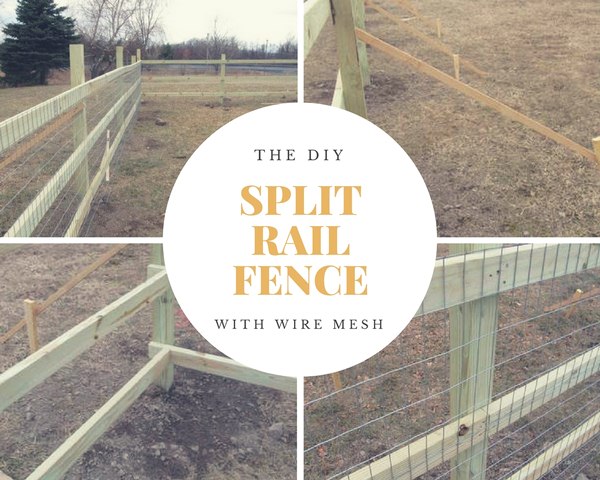
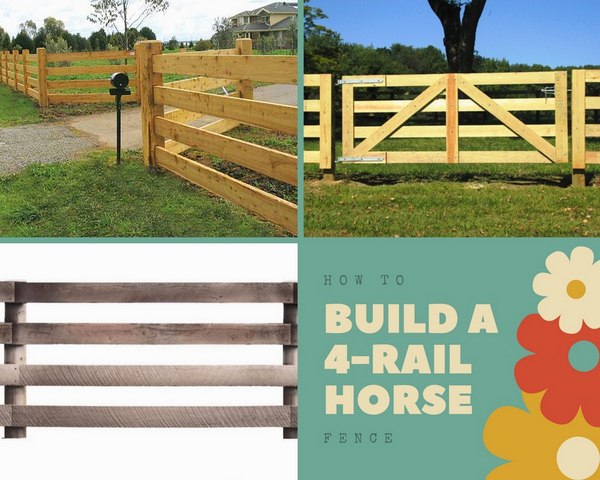
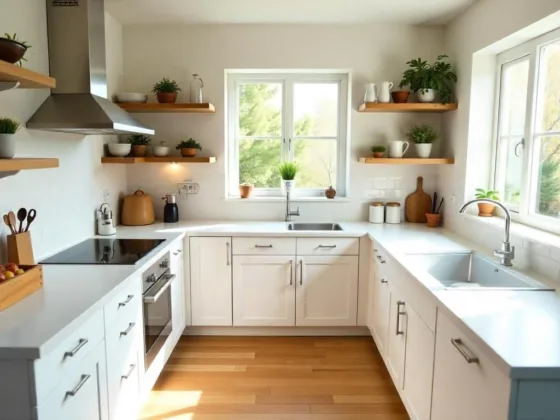


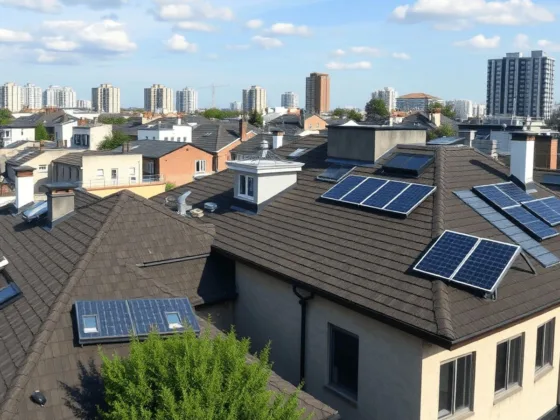






3 comments
The DIY Garden Glove Fences is very beautiful. It’s more aesthetic.